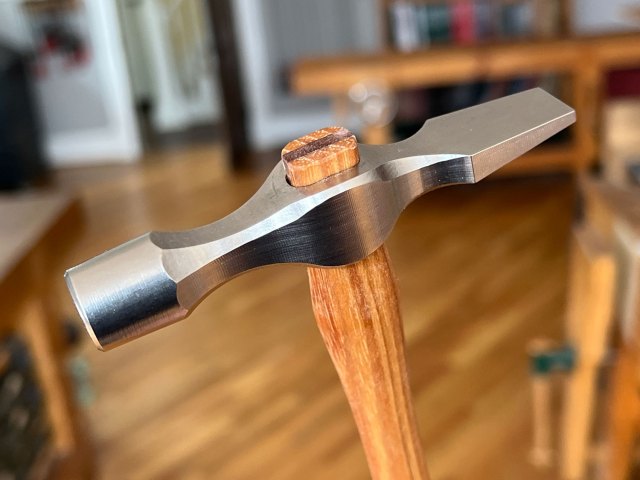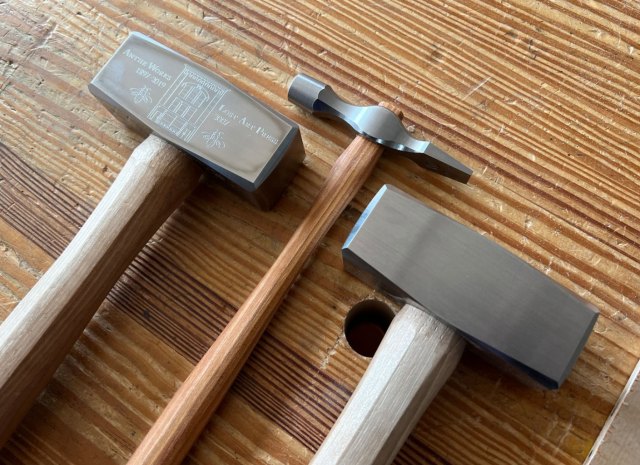
One of the big pluses of filling orders from Covington occurred today. Mark, one of our fulfillment employees, was at the Anthe building on an errand and saw a box that wasn’t in the right place.
It was a sealed box of 20 engraved lump hammers. We’ve been out of these hammers for months and don’t have any plans to make any more until next year. I don’t know how they escaped the inventory count, but things have been a bit chaotic here as we get set to move the remainder of our inventory to Covington.
Anyway, if you have wanted one of these special engraved hammers, here is your chance. Or wait until next year.
— Christopher Schwarz








